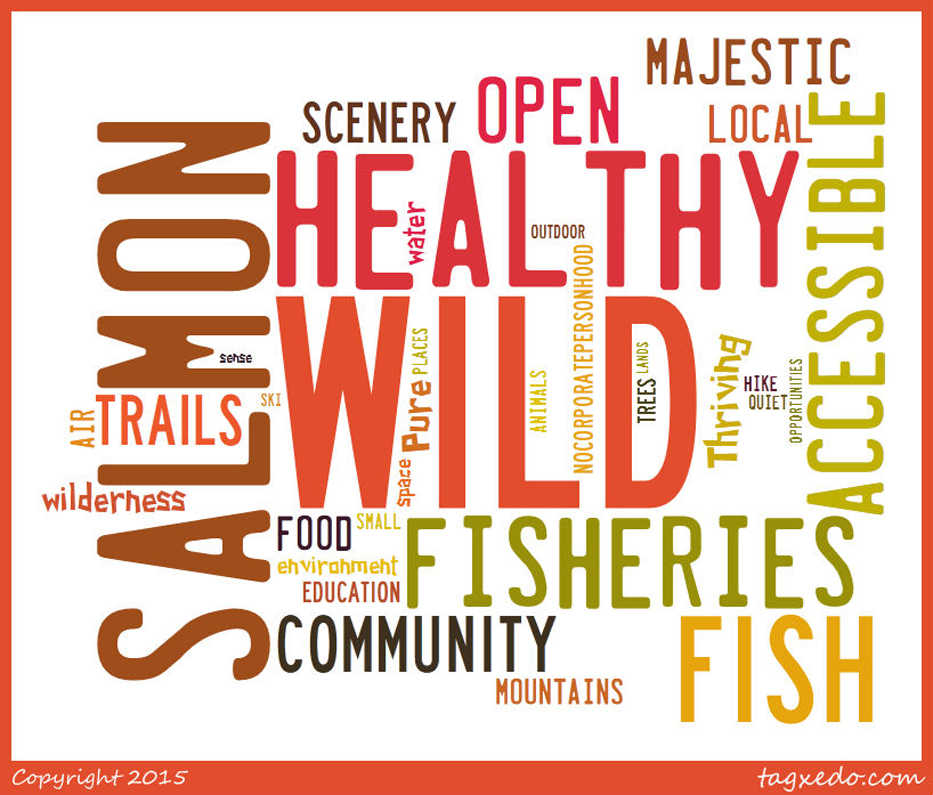The League of Women Voters recently hosted a “Climate Change in our Backyard” workshop. Over 100 people gathered to learn about climate change impacts on the Kenai Peninsula and to discuss solutions. Northern regions, including Alaska, are experiencing faster and more extreme climate changes than elsewhere in the U.S. Alaskans can see disappearing sea ice, melting permafrost, longer fire seasons and eroding coastlines. It is no wonder that a survey conducted by Columbia University in 2006 found that over 81 percent of Alaskans are convinced that global warming is happening.
Global warming refers to the recent and ongoing increase in the global average temperature due mostly to increased concentrations of greenhouse gases. The global average temperature is increasing even though regions experience variable conditions year to year. For example, the East Coast has had a colder than average winter this year, while the rest of the globe had the hottest winter since 1998. Climate change refers to any change to temperature, precipitation or wind patterns lasting for several decades. The climate on the Kenai Peninsula is warmer, especially in the winter.
Impacts from climate change are well documented on the peninsula. Since the 1950s, our ice fields are losing mass and dumping more water and silt into our rivers. Non-glacial streams are getting warmer even as salmon seek colder waters. Alpine tundra and lowland wetlands are being colonized by trees and shrubs. White spruce forests killed by bark beetles are converting to open woodlands and even grasslands as grass-fed fires in spring become the new normal. Some animals and plants are already shifting their distributions and these changes could lead to different hunting opportunities. Longer growing seasons are allowing for new vegetable varieties in gardens.
What can we do as a community? Climate change experts talk about mitigation and adaptation. Mitigation deals with actions or polices designed to reduce greenhouse gas emissions in order to slow or reduce future climate changes. Adaptation involves actions that reduce risks or maximize opportunities emerging from climate change impacts. Mitigation and adaptation are related because without mitigation to reduce current levels of greenhouse gas emissions, adaptation efforts will be more costly and less likely to succeed.
Smart adaptation requires planning for an uncertain future. The military and business communities have come up with methods to strategically plan for future conditions. For example, scenario planning is an approach that helps people to explore options and strategies across a range of alternative conditions. Shell Oil Company was able to recover more quickly than their competitors from the economic consequences of the oil embargo in the 1970s because they had pre-planned for how their company would deal with “shocks” to oil prices. As a general rule, it is best to be “light on our feet” so we can respond quickly to surprises and emerging conditions.
Many communities are developing adaptation plans to help them deal with “shocks” from climate change impacts. Of the adaptation plans I’ve reviewed, what strikes me is that similar themes are addressed as they consider carving out a positive future. Many plans consider how to deal with new or more frequent hazards like flooding, how to build and maintain infrastructure suitable for changing climate conditions, and regional food security (including increasing food production).
Energy security and how to reduce and stabilize energy costs are important considerations for both adaptation and mitigation. Our local representatives are already thinking about this issue as well. In the Mayor’s Panel at the Kenai Change Workshop, borough mayor Mike Navarre, Kenai vice-mayor Brian Gabriel, Soldotna mayor Nels Anderson, Homer mayor Mary Wythe and Seward city council member Rissie Casagranda provided examples of how they are working to become more energy efficient even as alternative energy sources are explored to reduce operation costs.
Even though the themes are similar, what a community ultimately decides is an acceptable or unacceptable future is heavily influenced by the identity and values of community members. For example, the city of Whitehorse identified their unique link to wild lands as a central value in their adaptation plan. What values will residents of the Kenai Peninsula use when they visualize the future? Participants of the Kenai Change workshop were asked this question and their answers were captured in a “word cloud.” Not surprisingly, our salmon fisheries is the central theme that ties us together, although accessible places to hunt, fish, and be in nature also are important to us.
Federal land managers will also need to assess core values as climate change reshapes landscapes. Management of the Kenai National Wildlife Refuge is guided by its legislative purpose “to conserve fish and wildlife populations and habitat in their national diversity, including but not limited to moose, bear, Dall sheep, wolves and other furbearers, salmonoids and other fish, waterfowl and other migratory and nonmigratory birds”. U.S. Fish and Wildlife Service policies advise us to use historical condition to assess how well we are conserving fish and wildlife populations and habitat. With climate change, historical conditions may not be possible to maintain.
Dr. Dawn Robin Magness is a landscape ecologist and Fish & Wildlife Biologist at the Kenai National Wildlife Refuge. Like the Refuge at http://www.facebook.com/kenainationalwildliferefuge.

